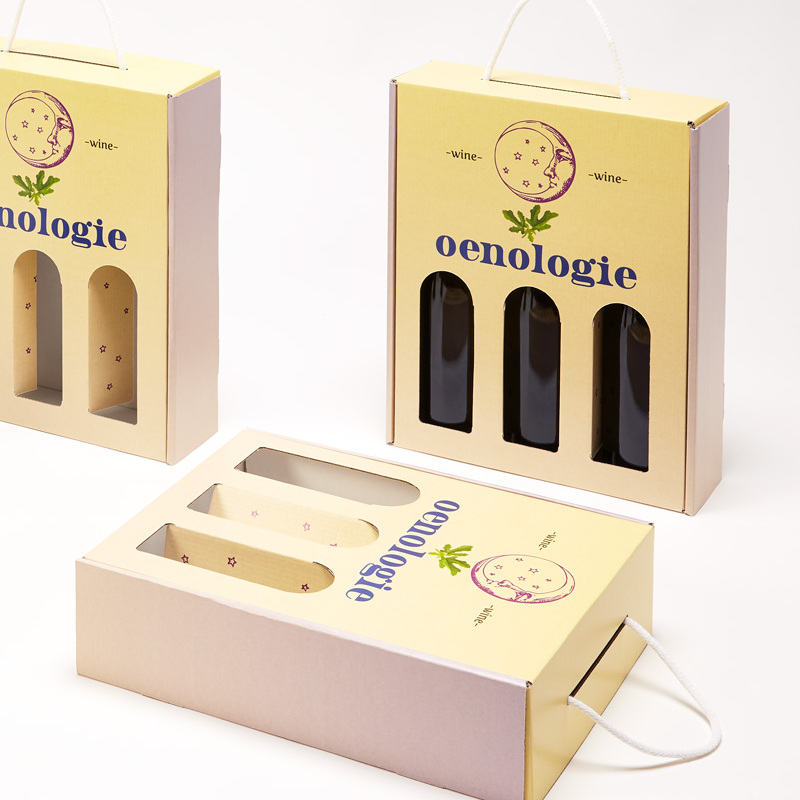The Art of Fish and Chips Packaging
Fish and chips, a quintessential British dish, has been adored for generations for its delicious combination of battered fish and crispy potatoes. While the focus is often on the taste and quality of the food itself, the packaging in which these iconic meals are served plays a significant role in the overall experience of enjoying fish and chips. In recent years, the packaging has become a vital part of the culinary experience, evolving to combine traditional aesthetics with modern sustainability practices.
Historically, fish and chips were wrapped in newspaper, a recycling solution that allowed for easy transportation and consumption. The rustic and casual nature of newspaper wrapping complemented the informal vibe of fish and chips shops, often referred to as chippies. However, the use of newspaper raised health concerns, particularly regarding ink and potential contaminants. As a result, many shops transitioned to more hygienic alternatives while still seeking to retain the nostalgic charm associated with the original wrapping.
Today, fish and chips packaging takes various forms, ranging from simple cardboard boxes to more elaborate eco-friendly designs. One of the most prevalent types of packaging is the classic cardboard box, which is designed to keep the food warm and crisp while providing a sturdy base for customers to enjoy their meal without the risk of spills. These boxes often come with compartments, keeping the fish and chips separated, ensuring that the fries retain their crunch and the fish remains tender.
fish and chips packaging

In an age where sustainability is paramount, many fish and chips manufacturers are embracing eco-friendly packaging options. Biodegradable materials, compostable containers, and recyclable papers are now commonly used to minimize environmental impact. Brands are also becoming increasingly aware of the importance of reducing plastic waste, making the switch to materials that not only protect the food but also align with the values of environmentally-conscious consumers.
Moreover, innovation in packaging design has allowed businesses to differentiate themselves in a competitive market. With branding becoming a focal aspect of the dining experience, customizing packaging with unique artwork, logos, and color schemes enhances brand identity. Eye-catching designs can evoke the nostalgia associated with traditional fish and chips while also appealing to a younger, eco-aware audience. Some establishments even incorporate local themes into their packaging, celebrating regional pride and making a connection with their customers.
Another developing trend in fish and chips packaging is functionality. Many companies are introducing elements such as reusable containers, which customers can return for a discount or exchange during their next purchase. This not only fosters customer loyalty but also reduces single-use packaging in the long run. In addition, the use of thermal insulation technology in packaging can help maintain the ideal serving temperature, ensuring a delightful eating experience from first bite to the last.
In conclusion, while the taste of fish and chips is undeniably the star of the show, the importance of effective and thoughtful packaging cannot be overlooked. Today’s fish and chips packaging not only serves practical purposes but also engages consumers with sustainability, branding, and functionality. As food practices continue to evolve, the packaging will play an essential role in shaping the future of this beloved British classic, ensuring that the legacy of fish and chips remains cherished and relevant for generations to come.



